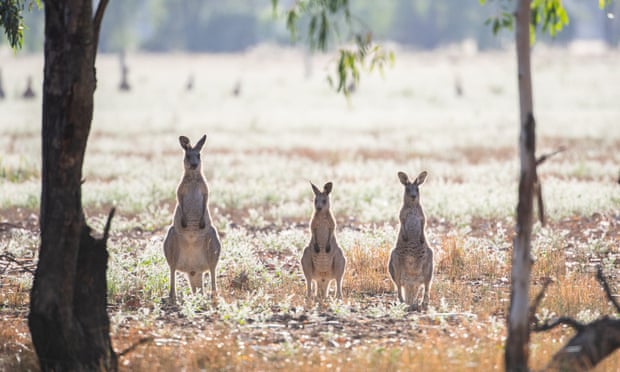In the wake of Australia’s catastrophic 2019-2020 Black Summer wildfires, a fascinating ecological discovery was made regarding the burrows of wombats. While initial reports inaccurately claimed wombats were herding other animals to safety, the reality, though less dramatic, revealed a vital role these creatures play in supporting biodiversity during such disasters.
Source: Wicked Wildlife/YouTube
Wombats, native to southeastern Australia, are known for their extensive and robust burrow systems. These burrows, often featuring multiple chambers and entrances, provide a cooler, stable environment below ground. During the devastating wildfires, these structures proved to be critical refuges for a variety of other species.
Research led by Dr. Dale Nimmo, an ecologist at Charles Sturt University, delved into the utilization of wombat burrows by other wildlife. Through the use of trail cameras set up around 28 wombat burrows in Woomargama National Park and surrounding areas, the study documented significant animal activity from June 2021 to April 2022. The cameras captured images of 56 different vertebrate species utilizing the burrows as shelters, highlighting their importance in the local ecosystem.
Among the frequent visitors were bush rats, agile antechinus (a carnivorous marsupial), and the large lace monitor lizard. Birds such as the painted button quail and the gray shrike thrush were also observed more frequently near wombat burrows compared to areas without such structures. Interestingly, larger marsupials like kangaroos and wallabies tended to avoid the burrows unless conditions outside were particularly harsh, such as during floods when the burrows served as temporary watering holes.
The study’s findings underscore the wombats’ unintentional yet crucial role in providing safe havens during fires—a function that might not be widely recognized in traditional fire ecology. According to Meg Krawchuk, a fire ecologist at Oregon State University, the wombat’s burrowing habits contribute significant value to the broader ecological community.
As these burrows can last for decades, they offer a “multigenerational refuge” for numerous species, which may otherwise be at risk during natural disasters like wildfires. This discovery not only sheds light on the resilience and utility of wombat burrows but also suggests potential lessons for human architectural practices in fire-prone areas.
This article by Nicholas Vincent was first published by One Green Planet on 27 June 2024. Image Credit :Colin Seddon/Shutterstock.
What you can do
Help to save wildlife by donating as little as $1 – It only takes a minute.



Leave a Reply